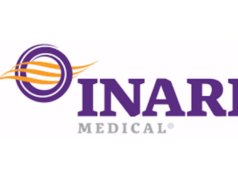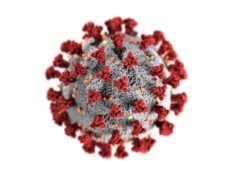
Despite a high rate of initial anticoagulation, patients with isolated superficial vein thrombosis (SVT) are at risk of thromboembolic complications—including recurrent or extended SVT and recurrent venous thromboembolism (VTE)—at three-month follow-up. This is according to the INSIGHTS-SVT (Investigating significant health trends in the management of SVT) study, authored by Rupert Bauersachs (Darmstadt Clinic, Darmstadt, Germany) and colleagues and published online in the European Journal of Vascular and Endovascular Surgery (EJVES).
Isolated SVT is a “common but underrated condition,” the authors begin, noting that its management and outcomes are “highly variable and not well described”. Therefore, Bauersachs et al conducted the INSIGHTS-SVT study to collect prospective data under “real-life” conditions.
In this prospective observational study of objectively-confirmed acute isolated SVT, the authors describe the primary outcome as a composite of symptomatic deep vein thrombosis (DVT), pulmonary embolism (PE), and extension or recurrence of SVT at three months. The primary safety outcome, they note, was clinically-relevant bleeding.
Bauersachs and colleagues included a total of 1,150 patients in the study. At baseline, the authors detail that 93.6% received pharmacological treatment (65.7% fondaparinux, 23.2% heparins, 4.3% direct oral anticoagulants [DOACs], 14.5% analgesics), 77% compression treatment, and 1.9% surgery; 6.4% did not receive any anticoagulation.
Reporting their results in EJVES, Bauersachs et al reveal that the primary outcome occurred in 5.8%; 4.7% had recurrent or extended SVT, 1.7% DVT, and 0.8% PE. In addition, they relay that clinically-relevant non-major bleeding occurred in 1.2% and major bleeding in 0.3%. Finally, they note that complete clinical recovery of SVT was reported in 708 patients (62.4%).
The authors acknowledge that the prospective observational design of their study is a methodological limitation. Despite this, however, they conclude that their results suggest a beneficial effect of fondaparinux versus low-molecular-weight heparin in isolated SVT under clinical practice conditions, which they state is in line with previous controlled and observational studies.









